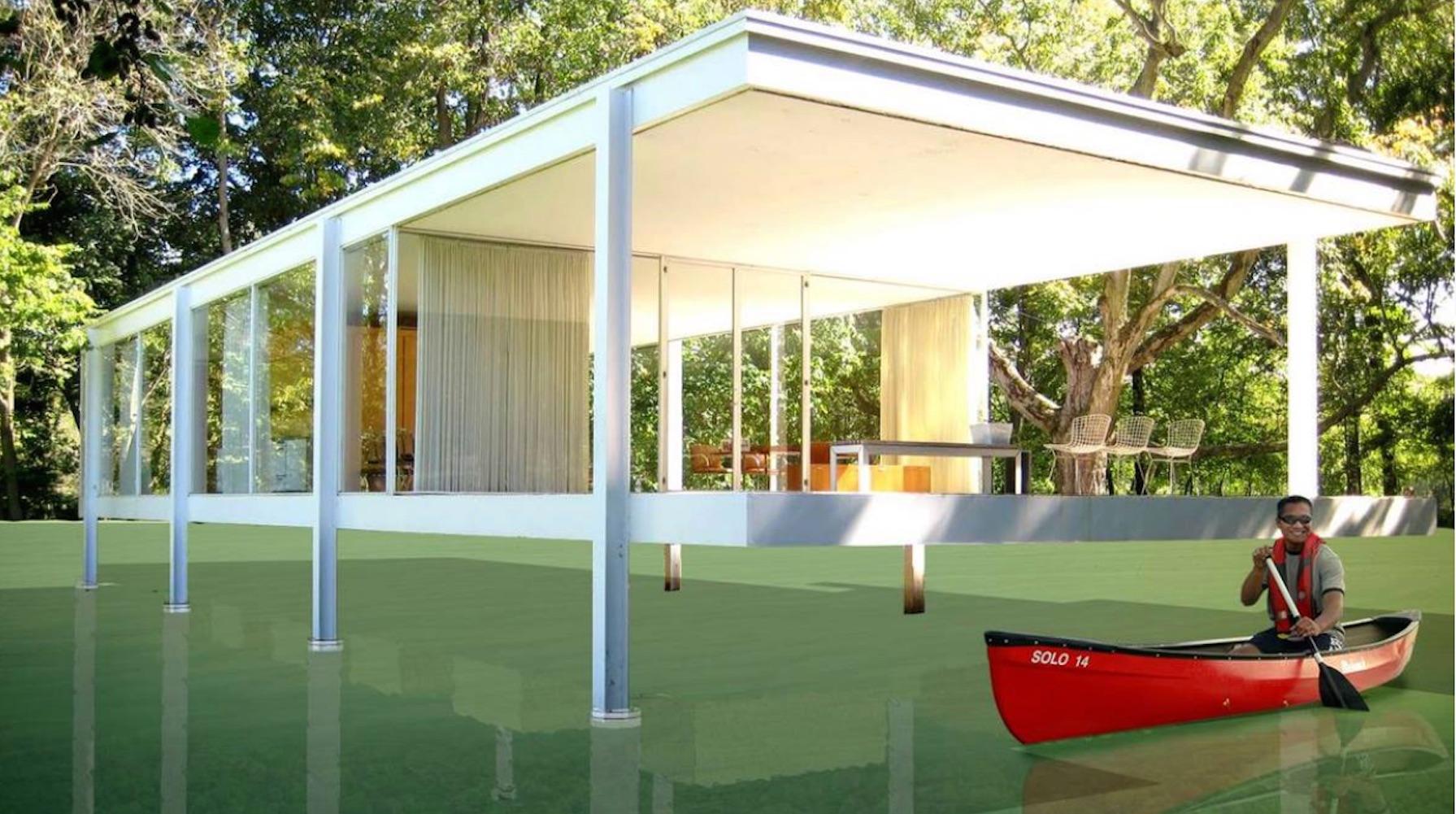
For instance, Titus and Narayanan ( 1995) concluded that there is a 1 % chance that the global sea level could rise by more than 4 m over the next two centuries. These study projections have existed for some decades. The Intergovernmental Panel on Climate Change ( 2014) (IPCC) estimates that average global temperatures will rise 2.6–4.8 \(^\)C by the year 2100, relative to 1990, and sea levels will rise 45–82 cm. It is vital to find alternative solutions that will produce a higher degree of safety through disaster mitigation. Some kind of countermeasures to safeguard the coastal and riverside areas are necessary to be introduced against water-related disasters for 50- or 100-year return period. On the other hand, we cannot ignore the likelihood that the magnitude of natural disasters will annually increase because of future climatic changes. Public funds are limited, whereas the costs associated with infrastructure replacement or reinforcement are unlimited. However, proposing to replace or reinforce every seawall in Japan is unrealistic. When considering the inevitable rise in sea levels in the long term, the height of seawalls must also keep rising. In addition, urban seawalls and dikes in many locations are suffering erosion damage, and their replacement or reinforcement is becoming necessary despite the prohibitive costs involved. The valuable lesson learned from this experience is that it is impossible to protect ourselves from such extraordinary natural disasters by mere construction of massive civil engineering structures such as seawalls and breakwaters.

The strongest breakwater, 10 m high, was destroyed completely. On March 11, 2011, unprecedented disasters hit the shores of northeast Japan because of a massive tsunami caused by a huge undersea earthquake.


 0 kommentar(er)
0 kommentar(er)
